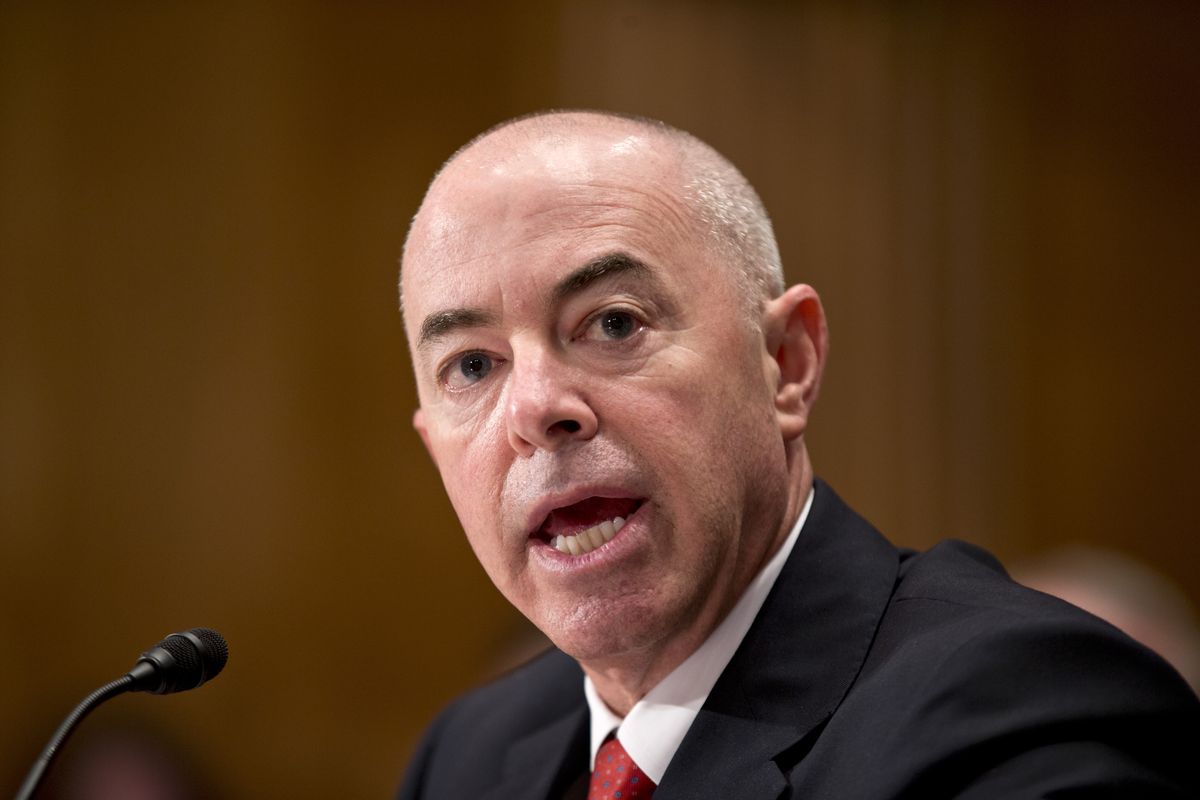This week’s civics lesson: Who makes up the president’s Cabinet and what do they do?

Each week, The Spokesman-Review examines one question from the Naturalization Test immigrants must pass to become United States citizens.
Today’s first question: What does the President’s Cabinet do? The official answer on the Naturalization Test is that it “advises the President (of the United States).”
That was easy!
Well, not so fast. While the Cabinet’s role has generally been to advise the president, its official and practical functions can be hard to pin down and have evolved greatly over the history of the United States.
The president’s Cabinet actually has little basis in the Constitution or United States law, with the Constitution saying that the president may “require the Opinion, in writing, of the principal Officer in each of the executive Departments,” but not necessarily compelling the president to form a Cabinet. As a result, the Cabinet today is mostly based on the precedent of former presidential administrations.
We may have our first president to thank for the establishment of the Cabinet. President George Washington asked Congress to create the first three Cabinet departments – the Departments of State, War and Treasury – in 1789 and started the tradition of regularly meeting with the department heads, called secretaries, in 1793. The term “Cabinet” wasn’t even used at that time, but Washington set the precedent of seeking advice from Cabinet secretaries that has lasted until this day.
Washington’s Cabinet, which eventually added the position of attorney general to grow to four members, represented the stereotype of how some people think the Cabinet functions. We can imagine Washington presiding over impassioned debates between Treasury Secretary Alexander Hamilton and Secretary of State Thomas Jefferson on policy issues like the national bank – and that actually happened.
But over the years, the Cabinet’s role has evolved significantly in size and function from Washington’s time. It brings us to our next question.
Today’s second question: What are two Cabinet-level positions? The Cabinet now has 15 secretaries – such as secretary of energy, secretary of commerce and secretary of defense – plus the vice president. It also includes the seven positions that are considered “Cabinet-rank,” such as the White House chief of staff, head of the Small Business Administration and administrator of the Environmental Protection Agency.
The much bigger size of today’s Cabinet can clue us into why and how it has changed since it was created. The practice of Cabinet meetings as discussion and policy debate forums is defunct in modern times mainly because there are too many people in the room for these debates to be effective. As a result, Cabinet meetings are often few and far between and are usually not more important than an opportunity for news photographers to take pictures.
“I have left orders to be awakened at any time during national emergency, even if I’m in a Cabinet meeting,” then-President Ronald Reagan famously joked.
Cabinet members do, however, play an important role, even if the meetings are mostly a relic. Each is responsible for running a huge executive department, such as the EPA or Department of Defense, which has the biggest budget, that implements the White House’s policies. With a wide range of pivotal policy responsibilities falling under the different executive departments, leadership of these departments has become the most important responsibility for Cabinet members.
They also sometimes individually advise the president outside of meetings, but influence on the president’s policy decisions has mainly moved to White House staff in recent times, which can become a point of conflict.
“There’s always going to be conflict between the White House staff and the Cabinet because the Cabinet secretaries feel that they should be the main person advising the president on policy,” said James Pfiffner, professor emeritus in the Schar School of Policy and Government at George Mason University. “But in fact, it turns out that the White House staff are the main advisers.”
The White House employs hundreds of staffers who coordinate the policies and messaging of the president, which makes it easier for the president to outline and kick-start priorities than if he or she went through various Cabinet members and their departments.
Despite a lack of influence on policymaking in most cases, a cabinet position can be a great selling point for presidential hopefuls. Who the president nominates also can signal his or her priorities. For example, former President Donald Trump, who repeatedly said he would be great for the economy, nominated five cabinet secretaries who spent all or nearly all their careers in the business world.
On the other hand, President Joe Biden on the campaign trail promised to nominate “the most diverse Cabinet in history.”
If all Biden’s nominations are confirmed, the president will have more women and people of color in his Cabinet than any other president. So far, the Senate has confirmed seven out of 23 of Biden’s nominations.
To be confirmed, Cabinet members must testify at Senate confirmation hearings where they are questioned by senators on relevant committees. If the committees vote to send the nomination to the full Senate, the nominee needs to win a simple majority of senators to be confirmed. Notable confirmations so far include former Democratic presidential nominee and first openly gay Cabinet member Pete Buttigieg as transportation secretary, Obama administration veteran Antony Blinken as secretary of state and American economist Janet Yellen as treasury secretary.